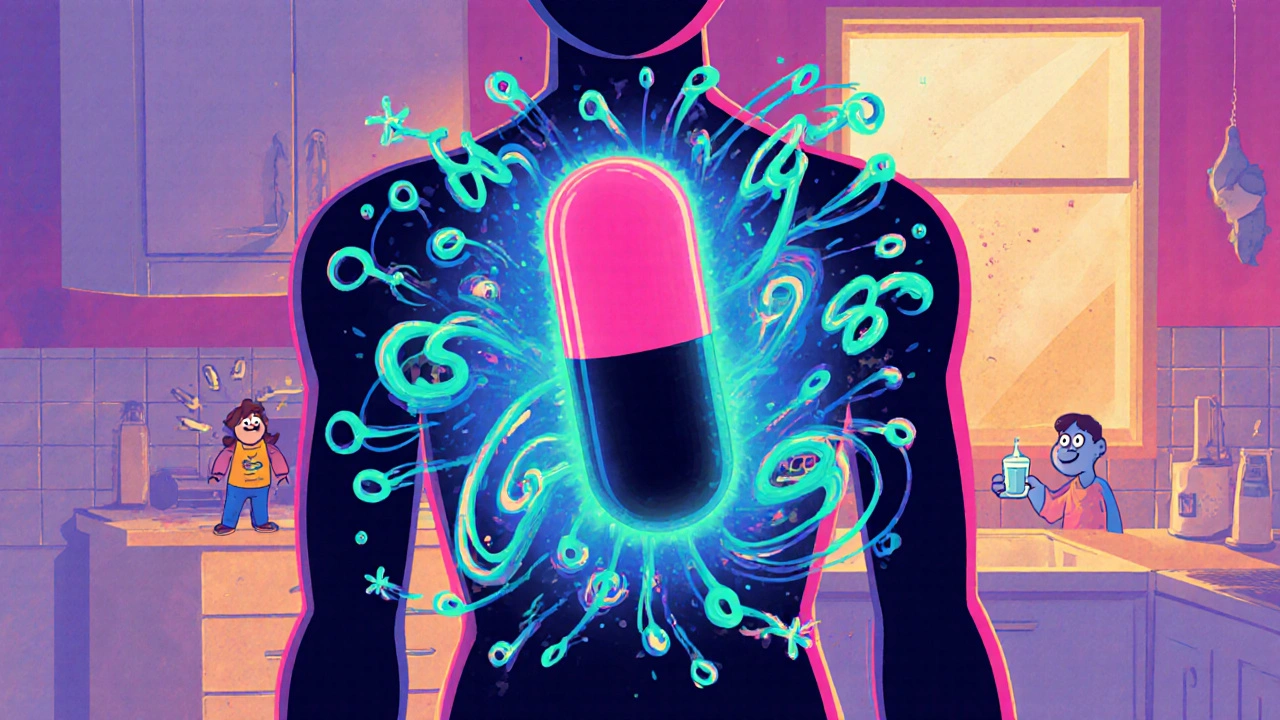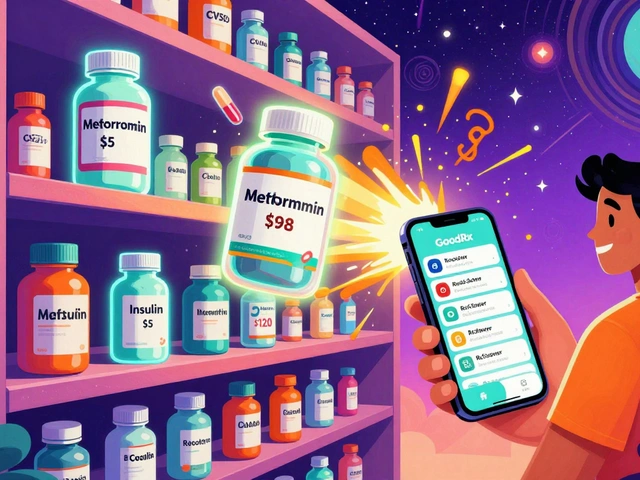Dose Reduction: How to Safely Lower Medication Levels Without Risk
When you start taking a medication, your body adapts. Over time, that same dose might feel too strong, cause unwanted side effects, or even become unnecessary. That’s where dose reduction, the planned, gradual lowering of a medication’s strength to minimize harm while maintaining benefits. Also known as medication tapering, it’s not just about taking less—it’s about giving your system time to adjust without triggering withdrawal, rebound symptoms, or new health problems. Many people think reducing a pill’s dose is as simple as splitting it or skipping days. But that’s risky. Without a clear plan, you could undo months of progress—or make things worse.
Dosage adjustment, the process of changing how much or how often you take a drug based on your response. Also known as medication titration, it’s a tool doctors use daily—for antidepressants, blood pressure pills, pain meds, and even hormone therapies. But it’s not always done right. Some patients cut doses too fast because they feel better. Others stay on high doses too long because they’re scared of withdrawal. Both mistakes are common. The key is matching the speed of reduction to your body’s needs. For example, reducing paroxetine too quickly can cause brain zaps and dizziness. Cutting clonidine too fast might spike your blood pressure. And stopping didanosine without a plan could let HIV rebound. That’s why the posts below cover real cases: how people lowered acamprosate, lamotrigine, and hydroxyurea safely, what went wrong, and how they stayed in control. This isn’t about quitting meds cold turkey. It’s about working with your body, not against it. Whether you’re dealing with chronic pain, mental health meds, or long-term treatments for conditions like sickle cell or HIV, the right dose reduction plan can mean fewer side effects, better sleep, clearer thinking, and more control over your health.
What you’ll find here aren’t generic tips. These are real stories and comparisons from people who’ve walked this path. You’ll see how Rumalaya Forte users adjusted joint meds without flare-ups, how HIV patients managed didanosine tapering with monitoring, and how folks switching from paroxetine to sertraline avoided crashes. You’ll also learn how to spot when dose reduction is needed—like when side effects outweigh benefits, or when your condition stabilizes and less is enough. There’s no one-size-fits-all approach. But with the right guidance, you can make it work for you.
Capecitabine Supportive Care: How to Manage Symptoms and Side Effects
Learn how to manage capecitabine side effects with practical supportive care, grading tools, and symptom‑specific strategies to stay on therapy safely.





